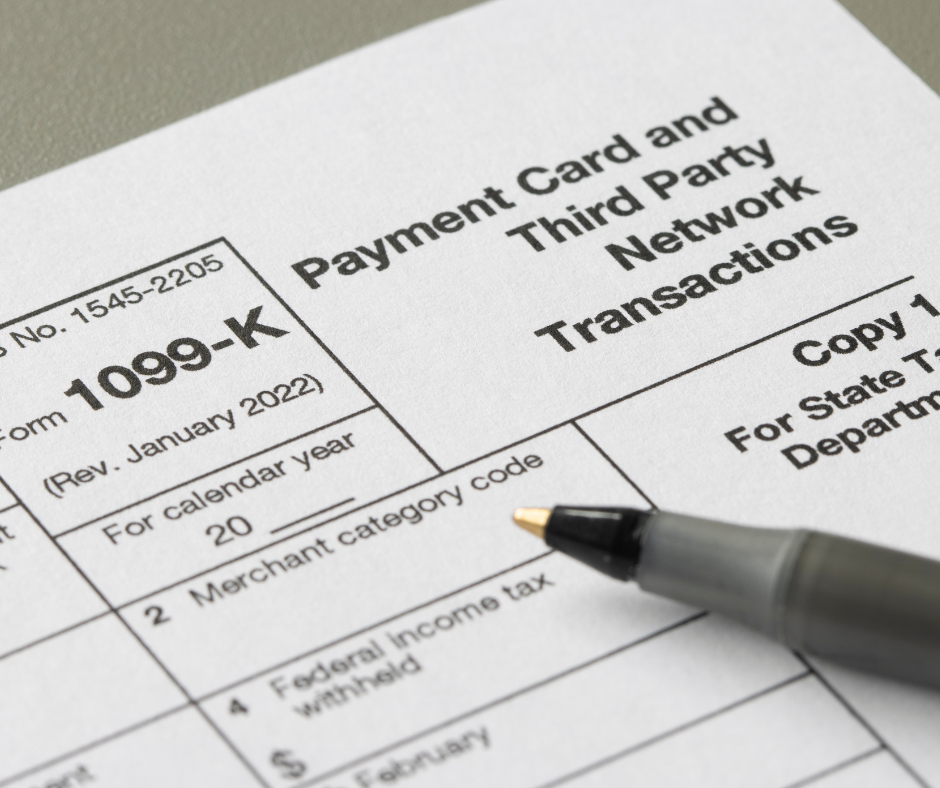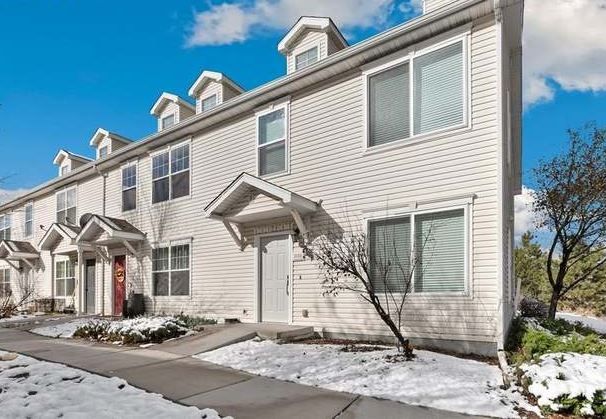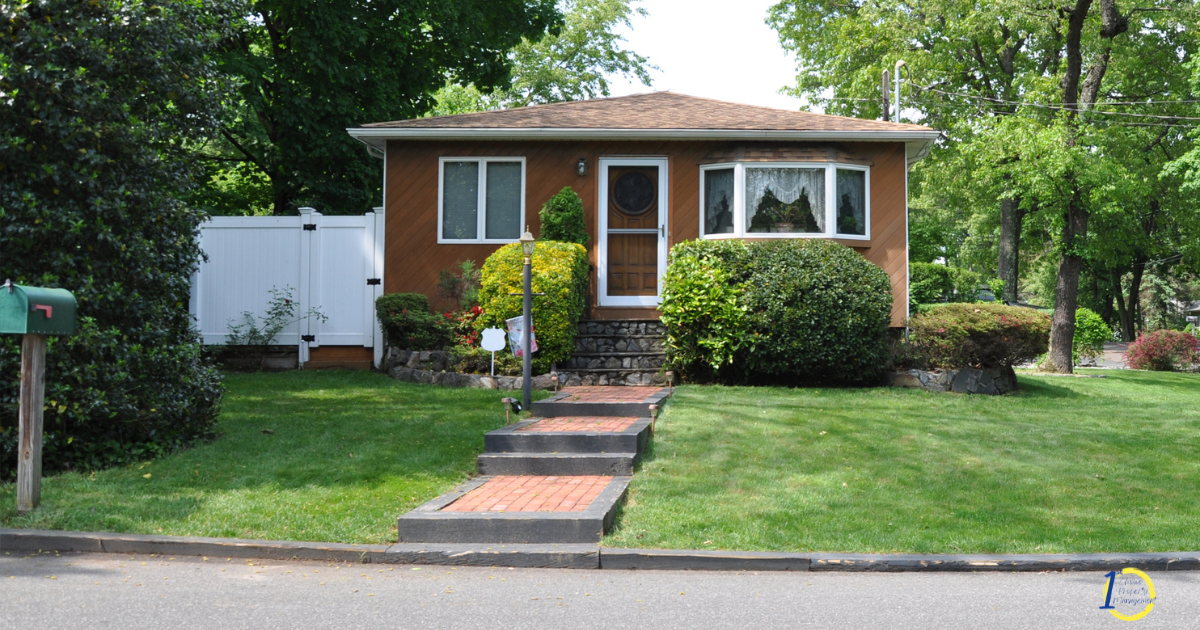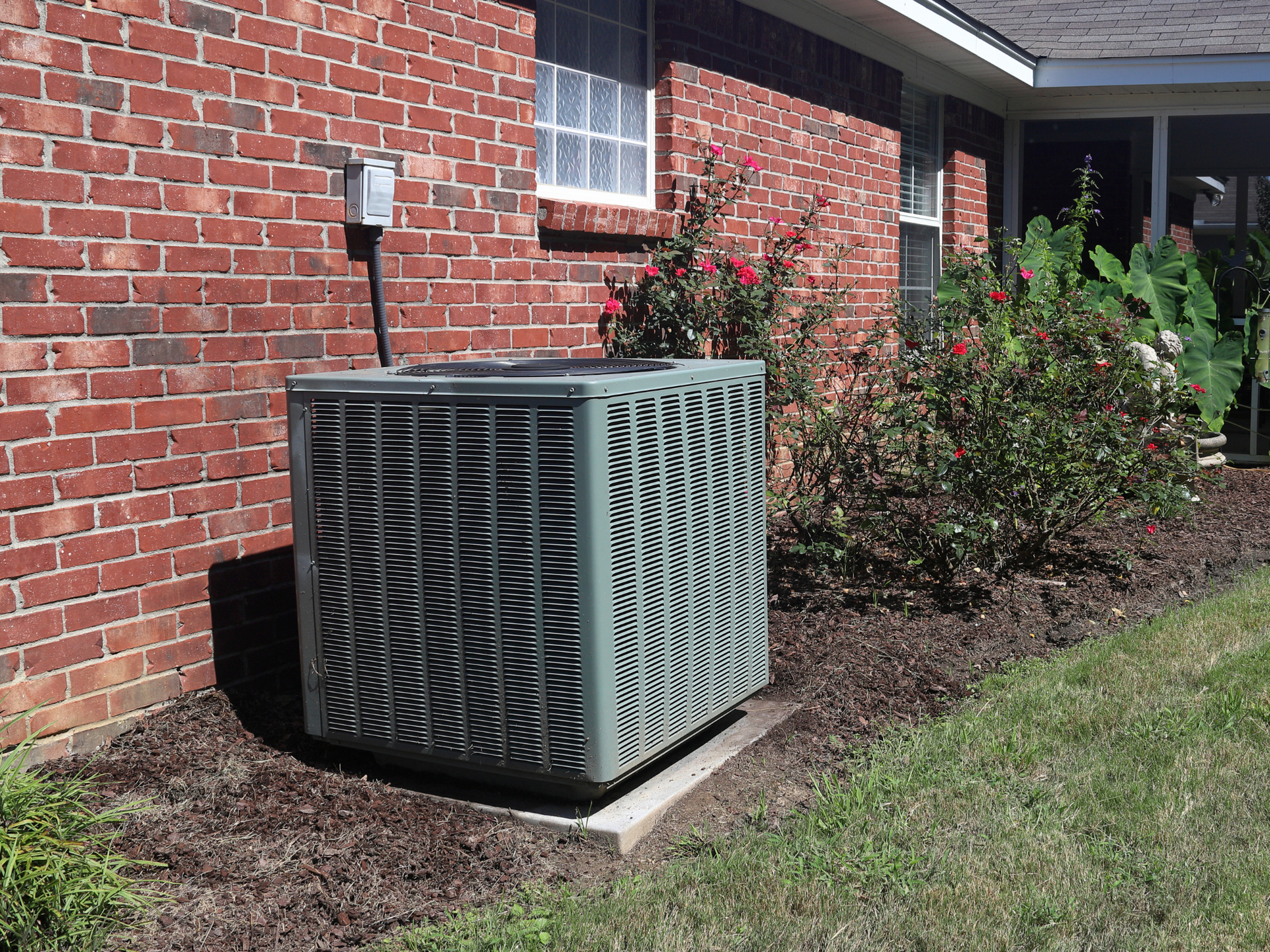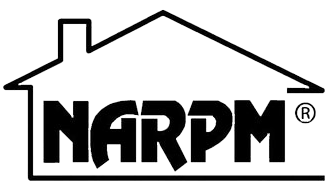Unlock the Secrets to Setting the Perfect Rent

Setting the right rent is crucial for maximizing your investment returns and attracting quality tenants. In this blog post, we’ll explore effective strategies for determining a competitive rental price, utilizing market analysis and comparable properties to your advantage.
Why Setting the Right Rent Matters
The rent you choose can significantly influence your rental business's success. If you price your property too high, it may lead to extended vacancies, while setting it too low can result in lost income. Striking the right balance is essential for achieving optimal occupancy and profitability.
Step 1: Conduct a Market Analysis
Before you set the rent, perform a thorough market analysis to understand the local rental landscape.
Key Factors to Consider:
Location: The property's location plays a pivotal role in determining rent. Proximity to amenities, schools, and public transportation can significantly influence rental prices.
Property Type and Size: Consider the type of property (e.g., condo, single-family home) and its size (number of bedrooms and bathrooms) when determining rent.
Market Trends: Stay informed about current market trends, including supply and demand dynamics and overall economic conditions.
Step 2: Leverage Comparable Properties
Comparables, or "comps," are similar properties in your area that have recently been rented. Analyzing these properties can provide valuable insights into setting a competitive rent.
How to Use Comps:
Identify Similar Properties: Look for properties with similar features, such as size, age, and amenities.
Analyze Rental Prices: Compare the rental prices of these properties to establish a reasonable price range for your property.
Adjust for Differences: Consider any unique features or upgrades in your property and adjust the rent accordingly.
Step 3: Consider Competitive Pricing
Setting a competitive rent is crucial for attracting tenants quickly and minimizing vacancy periods.
Benefits of Competitive Pricing:
Faster Occupancy: Competitive pricing can lead to quicker tenant placement, which reduces the time your property sits vacant.
Increased Revenue: Filling the property sooner, even at a slightly lower rent, can result in higher overall revenue compared to waiting for a higher rent.
Strategies for Competitive Pricing:
Offer Incentives: Consider offering move-in specials or discounts to entice potential tenants.
Flexible Lease Terms: Providing flexible lease options, such as month-to-month or short-term leases, can appeal to a broader range of tenants.
Step 4: Factor in Property Expenses
When setting rent, it’s essential to account for your property’s expenses to ensure profitability.
Key Expenses to Consider:
Mortgage Payments: Make sure the rent covers your mortgage and allows for a reasonable profit margin.
Maintenance and Repairs: Budget for ongoing maintenance and potential repair costs.
Property Management Fees: If you’re using a property management company, include their fees in your calculations.
Step 5: Monitor and Adjust
Once the rent is set, it’s important to keep an eye on the market and be willing to make adjustments as necessary.
Monitoring Tips:
Track Market Changes: Stay updated on local rental market trends and adjust the rent accordingly.
Evaluate Tenant Feedback: Consider feedback from current and prospective tenants to identify areas for improvement.
Review Occupancy Rates: Regularly check your occupancy rates to determine if any adjustments are needed.
Setting the right rent for your property involves a combination of market analysis, leveraging comparables, and ensuring competitive pricing. By following these steps, you can attract quality tenants, minimize vacancies, and maximize your investment returns. With careful planning and monitoring, you’ll be well on your way to a successful rental experience.
Share this post


